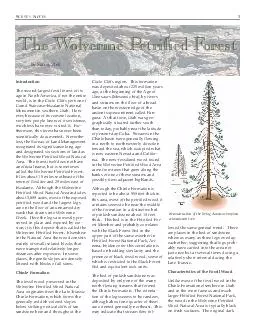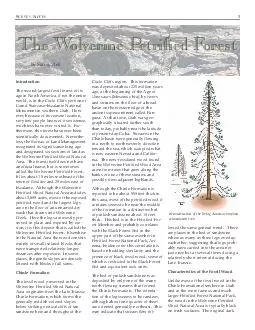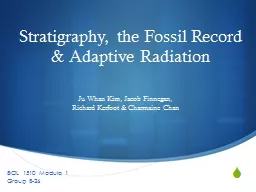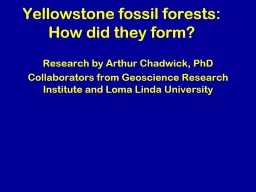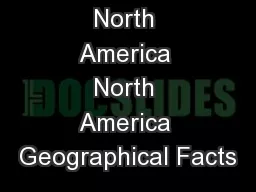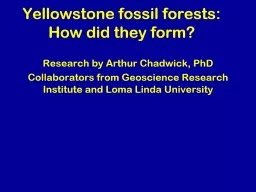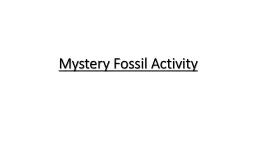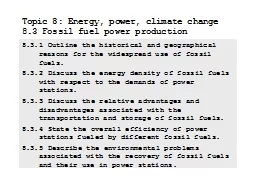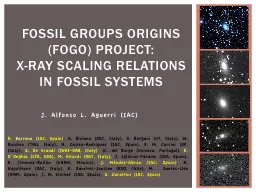PDF-The second-largest fossil forest of itsage in North America, if not th
Author : liane-varnes | Published Date : 2015-09-23
URVEY Reconstruction of the living tree URVEY color of the specimens has been
Presentation Embed Code
Download Presentation
Download Presentation The PPT/PDF document "The second-largest fossil forest of itsa..." is the property of its rightful owner. Permission is granted to download and print the materials on this website for personal, non-commercial use only, and to display it on your personal computer provided you do not modify the materials and that you retain all copyright notices contained in the materials. By downloading content from our website, you accept the terms of this agreement.
The second-largest fossil forest of itsage in North America, if not th: Transcript
Download Rules Of Document
"The second-largest fossil forest of itsage in North America, if not th"The content belongs to its owner. You may download and print it for personal use, without modification, and keep all copyright notices. By downloading, you agree to these terms.
Related Documents

